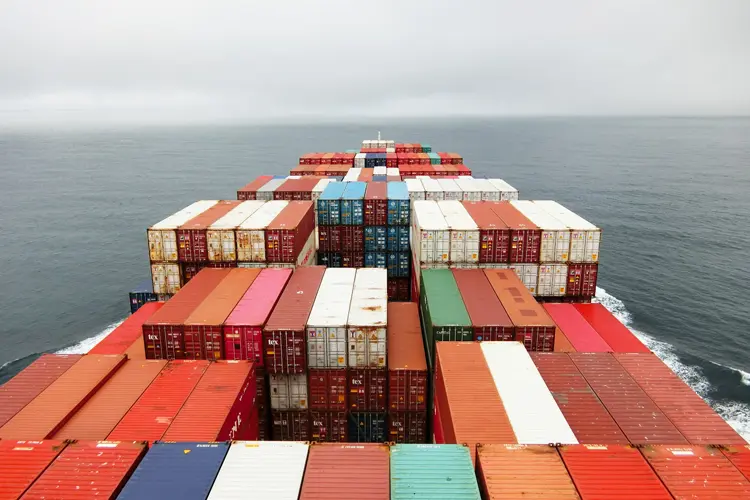
Sodium cyanide is a highly toxic chemical compound widely used in various industrial processes, such as mining, electroplating, and chemical synthesis. Due to its extreme toxicity and potential for environmental and human harm, strict safety measures must be implemented during its Transportation and Storage. This article aims to provide a comprehensive overview of the safety protocols and best practices associated with the transportation and storage of Sodium cyanide.
Transportation of Sodium Cyanide
Pre - transportation Preparations
1.Proper Packaging
Sodium cyanide should be packaged in tightly sealed, corrosion - resistant containers. These containers are typically made of materials such as high - density polyethylene (HDPE) or steel with appropriate linings. The packaging must be designed to prevent any leakage during normal handling, transportation vibrations, and potential impacts.
Each container should be clearly labeled with the chemical name “Sodium Cyanide,” its hazard class (6.1 for toxic substances), and appropriate warning signs, including the skull - and - crossbones symbol.
2.Documentation
Before transportation, detailed shipping documents must be prepared. These documents should include information about the quantity of sodium cyanide being transported, its origin, destination, and emergency contact information. The shipping papers should comply with international and national transportation regulations, such as the International Maritime Dangerous Goods (IMDG) Code for sea transport and the Hazardous Materials Regulations (HMR) in the United States for land transport.
During Transportation
1.Mode of Transport
Road transport: Trucks used for transporting sodium cyanide should be specially designed for hazardous materials. They should be equipped with spill - containment systems, such as secondary trays or liners in the cargo area. The vehicles must also comply with all local and national regulations regarding the transportation of hazardous chemicals, including having proper permits and following designated routes that avoid populated areas and sensitive environmental zones.
Rail transport: Railcars carrying sodium cyanide should be of a type approved for hazardous materials. They should be regularly inspected for structural integrity and the effectiveness of their sealing mechanisms. Railroads often have specific procedures for handling and routing trains carrying toxic substances like sodium cyanide to minimize risks.
Sea transport: When sodium cyanide is transported by sea, it must be stowed in accordance with the IMDG Code. Containers are usually placed in areas of the ship that are well - ventilated and away from sources of heat, ignition, and other incompatible substances. Specialized handling equipment is used to load and unload the containers safely.
2.Driver/Operator Training
Drivers or operators involved in the transportation of sodium cyanide must receive comprehensive training on hazardous materials handling. This training should cover topics such as the properties of sodium cyanide, emergency response procedures in case of a spill or accident, and the proper use of personal protective equipment (PPE). They should also be familiar with the route and any potential hazards along the way.
3.Emergency Response Plans
All transportation vehicles should carry emergency response kits. These kits typically include absorbent materials to contain spills, neutralizing agents for sodium cyanide (such as hydrogen peroxide in some cases), and first - aid supplies. In addition, drivers must know how to contact emergency services immediately in case of an incident and follow the pre - established emergency response plan.
Storage of Sodium Cyanide
Storage Facility Requirements
1.Location
Storage facilities for sodium cyanide should be located in areas that are isolated from residential areas, water sources, and other sensitive locations. They should be sited on flat, well - drained ground to prevent the accumulation of water, which could react with sodium cyanide to produce toxic hydrogen cyanide gas.
2.Building Construction
The storage building should be constructed of fire - resistant and corrosion - resistant materials. The walls, floors, and ceilings should be impervious to prevent any leakage of sodium cyanide. Ventilation systems are crucial in storage facilities. They should be designed to continuously remove any potentially harmful vapors that may be generated. The ventilation rate should be sufficient to maintain safe air quality levels within the storage area.
The storage area should be equipped with secondary containment systems, such as dikes or spill - collection basins. These systems are designed to contain any spills or leaks that may occur, preventing the spread of sodium cyanide to the surrounding environment.
Storage Management
1.Inventory Control
Maintaining accurate inventory records is essential. The quantity of sodium cyanide in storage should be regularly monitored and updated. This helps in ensuring that the storage facility does not exceed its capacity and also aids in tracking the movement of the chemical in and out of the storage area.
2.Segregation
Sodium cyanide should be segregated from other chemicals, especially those that are reactive with it. For example, acids should never be stored near sodium cyanide as the reaction between them can produce highly toxic hydrogen cyanide gas. Separate storage areas or cabinets should be used for different chemical classes to prevent accidental mixing.
3.Security
Storage facilities for sodium cyanide must have strict security measures in place. This includes restricted access to authorized personnel only, the use of security cameras, and alarm systems. The security measures are not only to prevent unauthorized use or theft of the highly toxic chemical but also to ensure that the storage area is constantly monitored for any signs of leaks or other safety issues.
In conclusion, the safe transportation and storage of sodium cyanide are of utmost importance to protect human health and the environment. By following the strict protocols and best practices outlined above, the risks associated with this highly toxic chemical can be significantly minimized. All stakeholders involved in the handling of sodium cyanide, from producers to transporters and storage facility operators, have a responsibility to adhere to these safety measures.
- Random Content
- Hot content
- Hot review content
- Sodium Persulfate,Sodium Persulphate,supplier 99.00%
- Toluene
- Hydrogen Peroxide
- Lithium chloride, 99.0%,99.5%
- Benzonitrile
- Cupric Chloride 98%
- Adipic acid 99% used as the material of nylon 66
- 1Discounted Sodium Cyanide (CAS: 143-33-9) for Mining - High Quality & Competitive Pricing
- 2Sodium Cyanide 98% CAS 143-33-9 gold dressing agent Essential for Mining and Chemical Industries
- 3Sodium Cyanide 98%+ CAS 143-33-9
- 4Anhydrous Oxalic acid 99.6% Industrial Grade
- 5Oxalic acid for mining 99.6%
- 6Soda Ash Dense / Light 99.2% Sodium Carbonate Washing Soda
- 7Reagent Grade/Industrial Grade Hydrochloric Acid min.31%
- 1Sodium Cyanide 98% CAS 143-33-9 gold dressing agent Essential for Mining and Chemical Industries
- 2High Quality 99% Purity of Cyanuric chloride ISO 9001:2005 REACH Verified Producer
- 3 High-Quality Sodium Cyanide for Leaching
- 4Powdery emulsion explosive
- 5Industry Grade Electron grade 98% Sulfuric Acid H2SO4 Sulphuric Acid Battery Acid Industrial Sulfuric Acid
- 6Colloidal emulsion explosive
- 7sodium hydrosulfide 70% flakes used Mining Industry


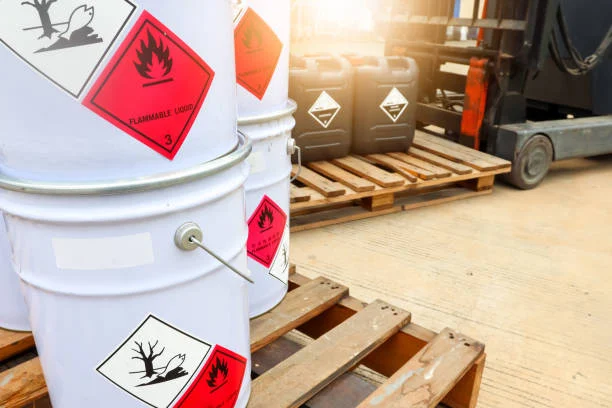
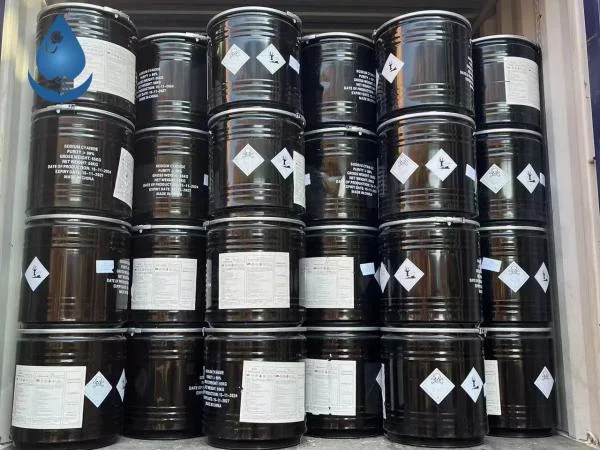
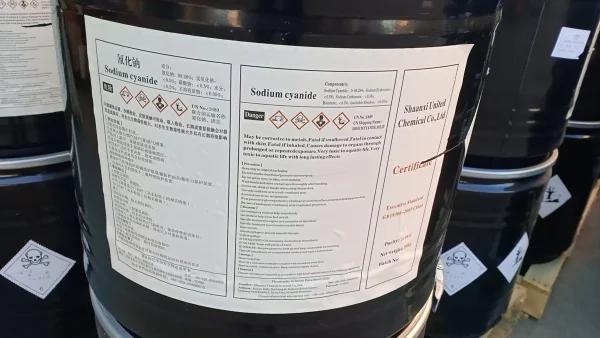
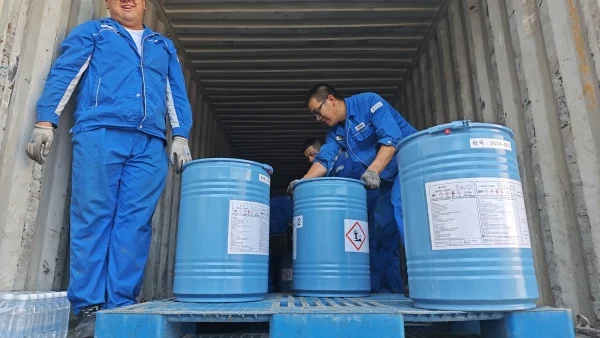
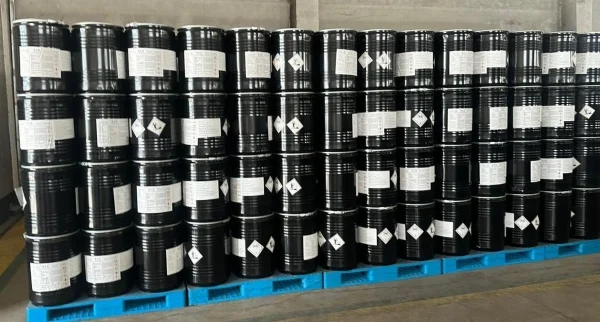




Online message consultation
Add comment: